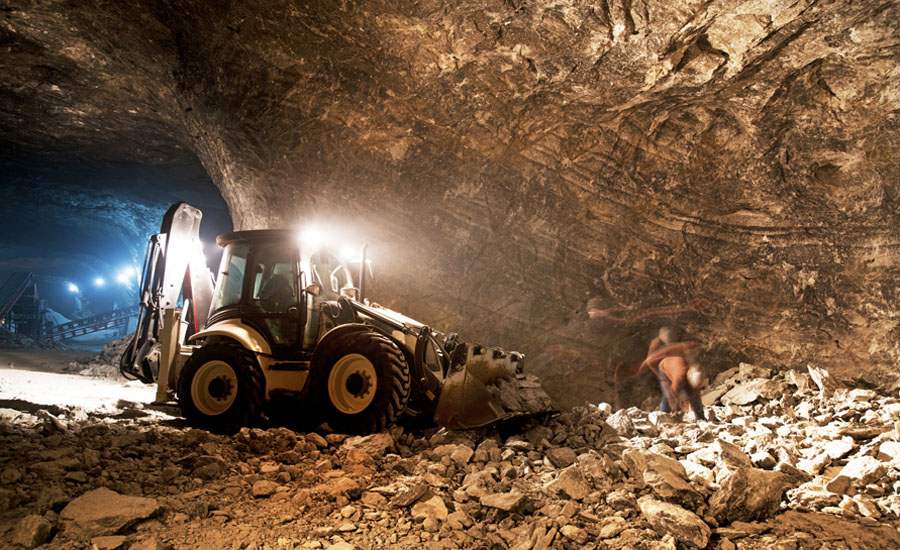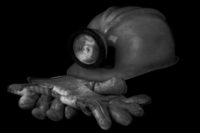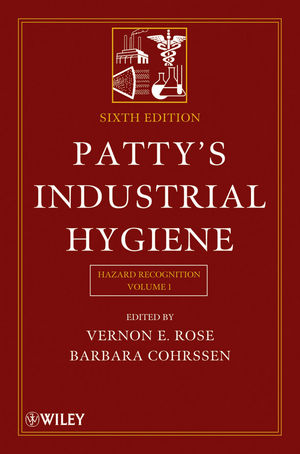In the first six months of 2015, the U.S. Department of Labor’s Mine Safety and Health Administration recorded the deaths of 18 miners in mining industry accidents in its national mid-year summary released today. The toll represents a decrease of five metal and nonmetal deaths from the same period in 2014.
Pain and suffering
“Mining fatalities are preventable, and each of these deaths reminds us that much more needs to be done to protect the nation’s miners,” said Joseph A. Main, assistant secretary of labor for mine safety and health. “Safe mine operation must be at the forefront at all times to avoid the pain and suffering the families of these miners now have to endure.”
The summary shows six deaths occurred in underground coal mines. Two happened in underground metal and nonmetal mines, two at surface coal mines and eight in surface metal and nonmetal mines. The report provides additional detail on the fatalities, including:
- Machinery and powered haulage accidents were the most common cause of mining deaths, accounting for eight fatalities – four in each category.
- Of the 18 miners killed, six were contractors, five were supervisors and one was a mine operator.
- In the metal and nonmetal sector, two miners were killed in powered haulage accidents, two in machinery accidents, two from falling/sliding material, one in a fall of roof, one from hoisting, one from striking or bumping and one from a fall of person.
- Of the eight coal mining deaths, two miners died in accidents involving machinery, two in powered haulage, two in a fall of rib/face, one in a fall of roof, and one in falling material.
- Half of the metal and nonmetal deaths occurred at small mines with fewer than 10 employees.
Finding and fixing
To protect miners, MSHA stresses the importance of workplace examinations prior to and during a shift to prevent accidents and injuries by finding and fixing health and safety hazards. The agency also reminds operators and miners that effective and appropriate training will ensure that miners recognize and understand how to control or eliminate hazards. Effective safety and health management programs must be in place and be constantly evaluated and implemented.
MSHA has also undertaken a number of measures to prevent mining deaths, injuries and illnesses, including:
- Impact inspections that increase surveillance and strategic enforcement at mines with troubling compliance histories;
- Enhanced pattern of violations actions;
- Special initiatives such as “Rules to Live By” which focuses attention on the most common causes of mining deaths; and
- Outreach efforts with industry stakeholders, miners and trainers.
“It takes a collaborative effort by all of us at MSHA and in the mining industry to improve mine safety and health, and prevent harm to our nation’s miners,” said Main.









